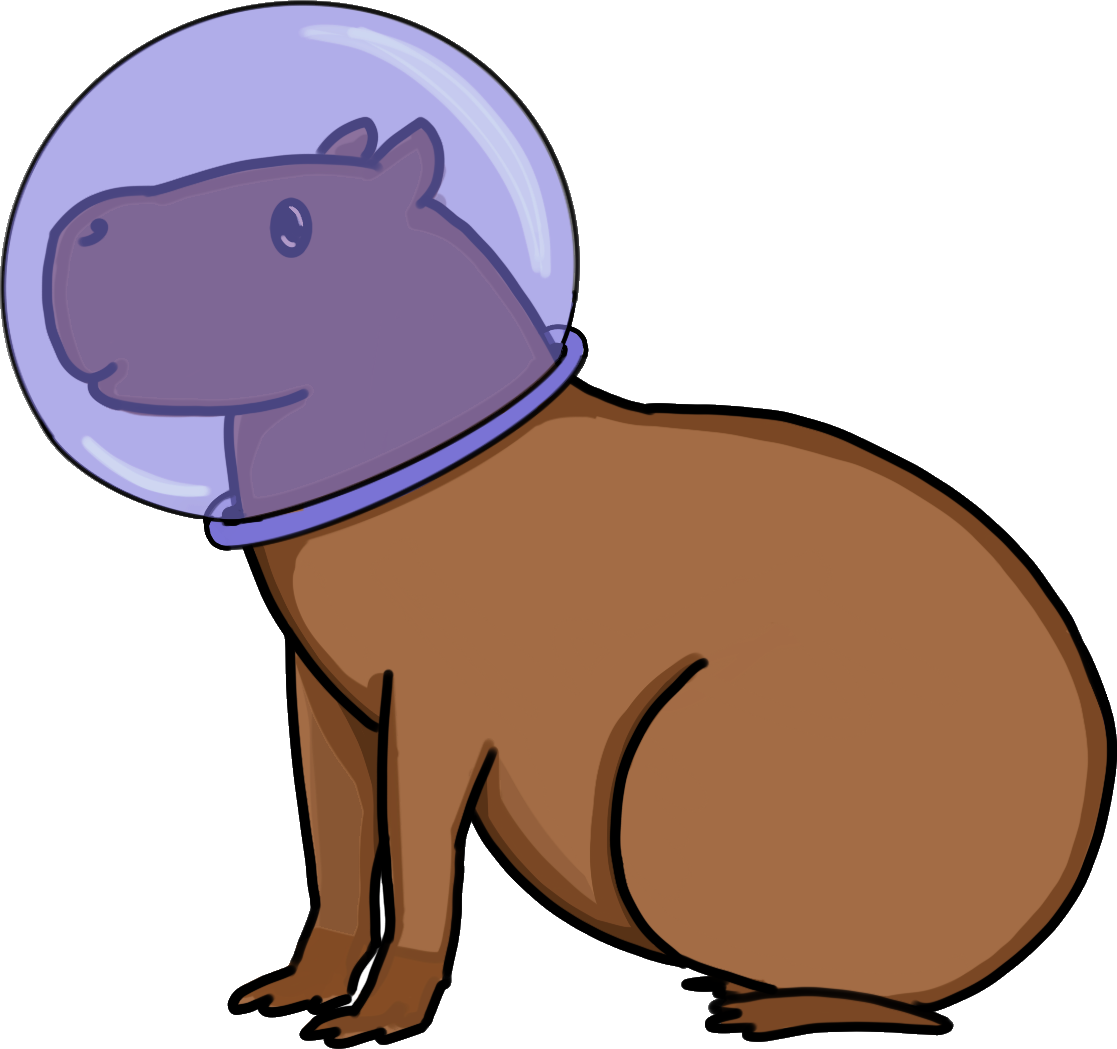 Main Page
Introduction
Articles
Gallery
Main Page
Introduction
Articles
Gallery
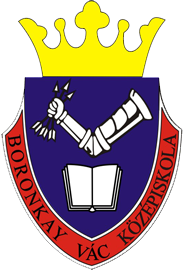
 Main Page
Introduction
Articles
Gallery
Main Page
Introduction
Articles
Gallery
On the 5th of Apri we all traveled to the launch site at Dabas, for the final. We were asked if we wanted to be the first team, and we accepted, because we felt like we were ready. They measured our CanSat (Galilei) and did some other safety checks, which we all passed. Setting the radio frequency was also an easy task taking less than a minute, thanks to the display and button.
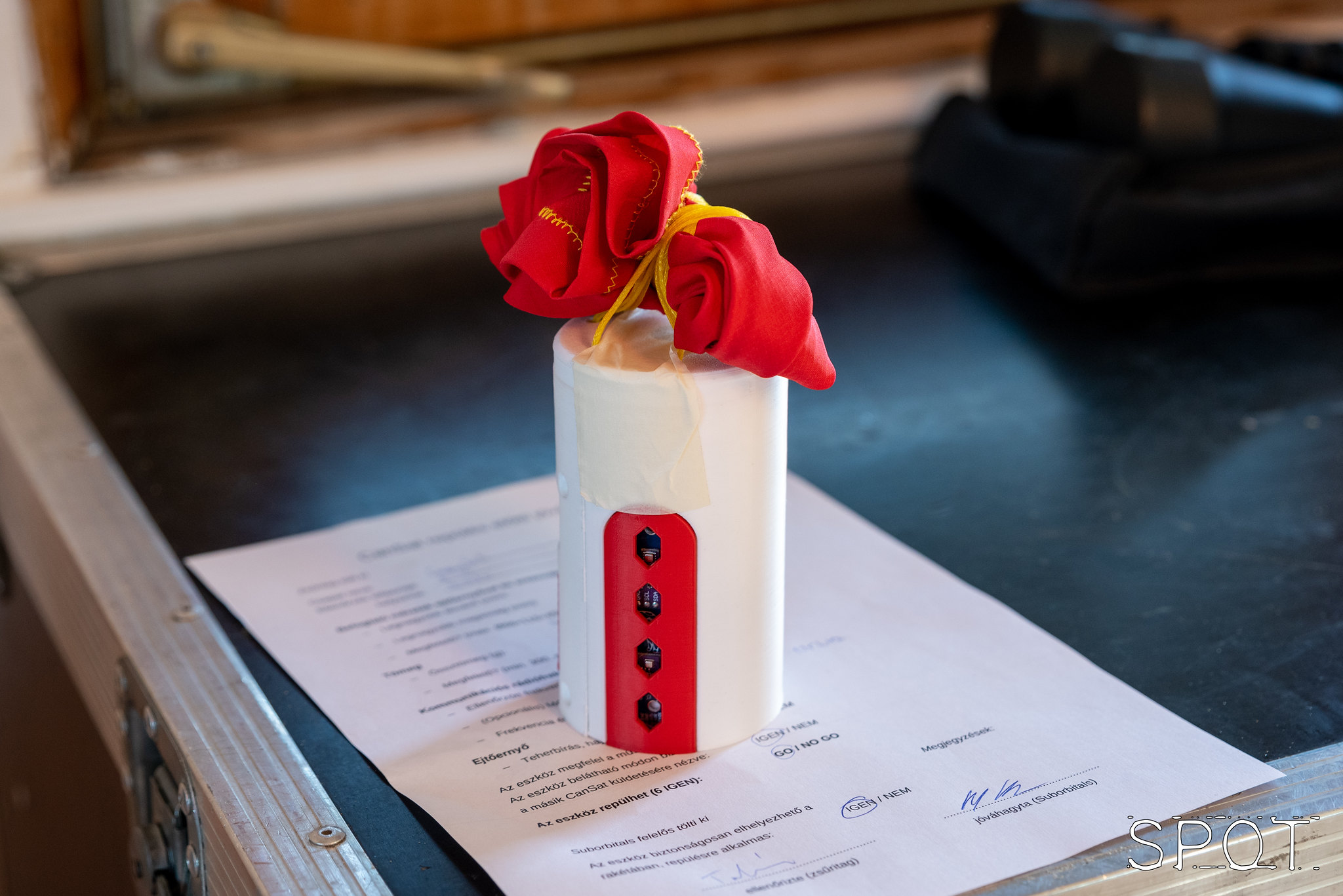
Galilei and the safety checklist
Then we handed over our Sat to the rocketry team from BME Suborbitals. Now fate wasn't in our hands anymore, but at least we could still watch what was happening to our sat thanks to the built-in accelerometer and radio. We knew exactly when it was laid into the rocket, and when it was slowly raised into a standing position before launch.
But this time we were the only ones with a functioning radio connection, as the other team and even the rocketry team received no telemetry. Because of this, there was some delay, and another pair of teams got the opportunity to start before us. Luckily the problem got resolved and their rocket started as planned.
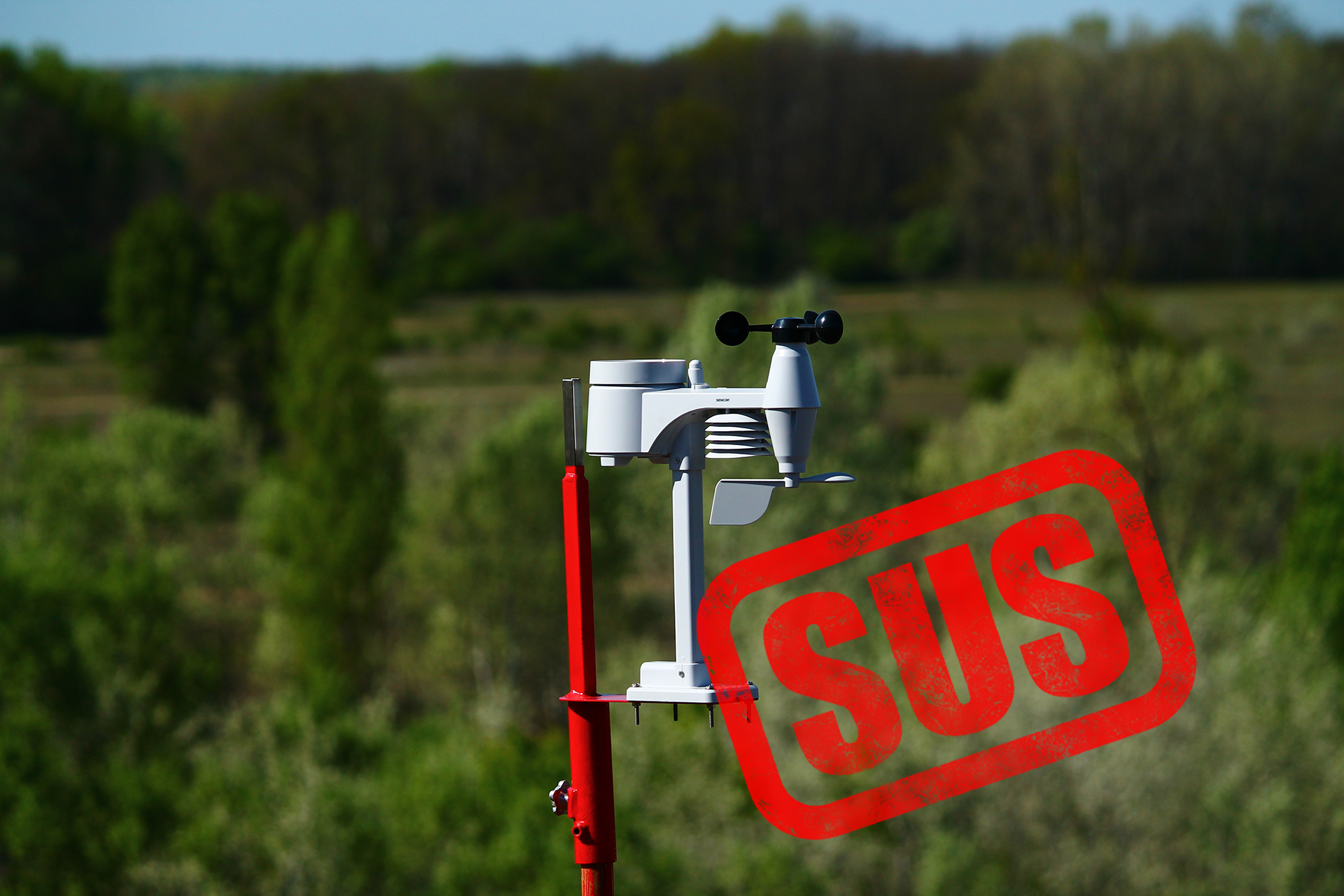
(Seriously, everyone suspected this thing to be interfering with the radio signals.)
The second time we were next in line, everything went according to plan and Galilei was launched to an altitude of 1195m above sea level. We maintained stable telemetry until touchdown, where some of the radio data was corrupted with noise. Despite this, we could tell the exact GPS position of CanSat, and track it down. It suffered no damage, and we were even able to play snake on it while driving back to the base. By the time we turned off our CanSat it had been running for 5 and a half hours. This was more than the required 4 required by the competition, but we bulit our sat in a way it could easily run for 12 hours without charge, proven by a previous test.
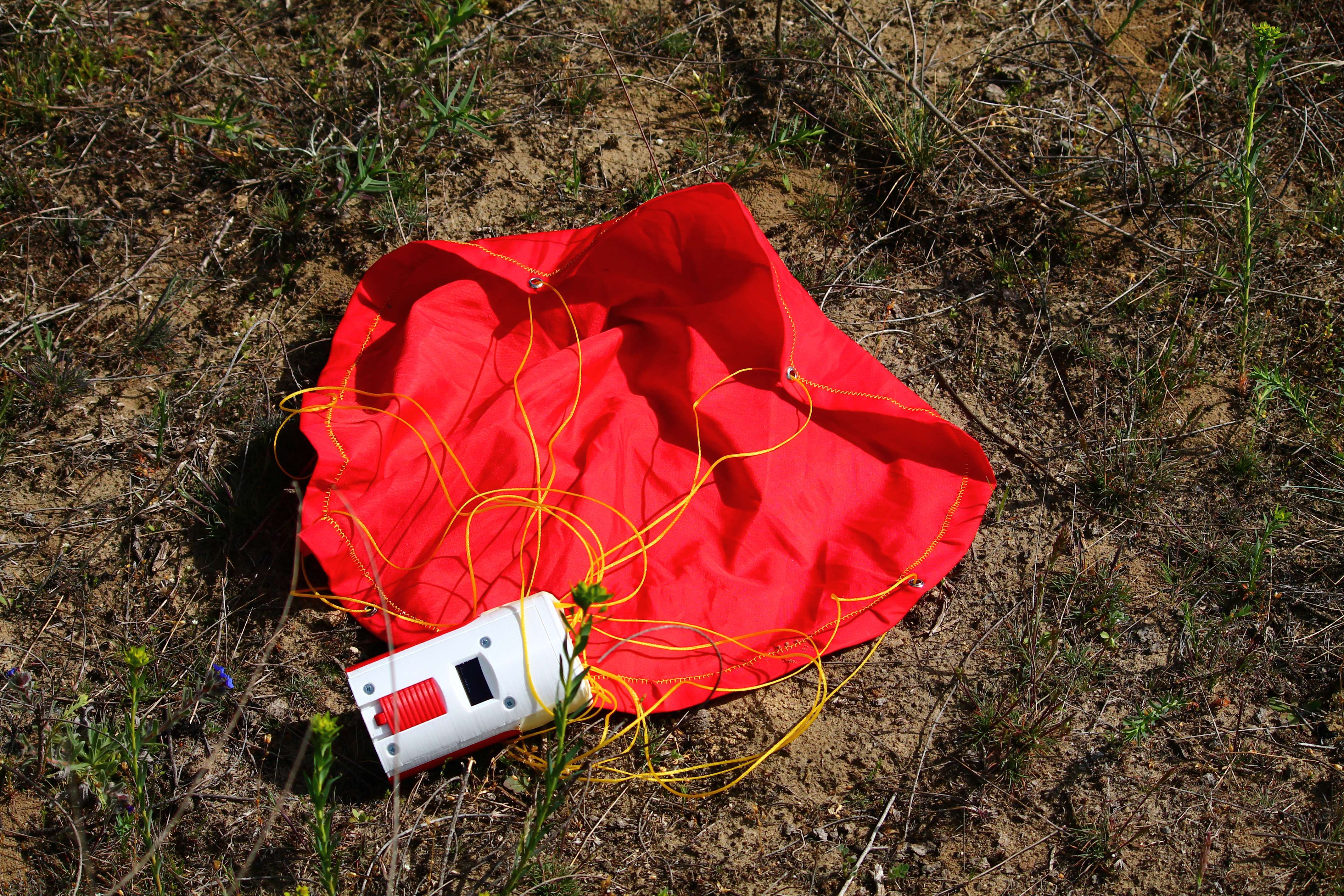
Galilei after landing
In the afternoon we got to our accommodation, where we analyzed the measured data and made a presentation about it. The next day each team had to present the previous day’s launch data. After this, the jury discussed the scoring. It was a difficult task, and two teams even got a joint award for best technical achievement (OnionSat and Parsec). The scientific award went to Seraph, and SEAT got an award for best outreach. The main prize was awarded to us, the CapySat team. This means we will be traveling to the ESTEC (European Space Research and Technology Centre) int the Netherlands in June, where we will meet the winners of other countries.
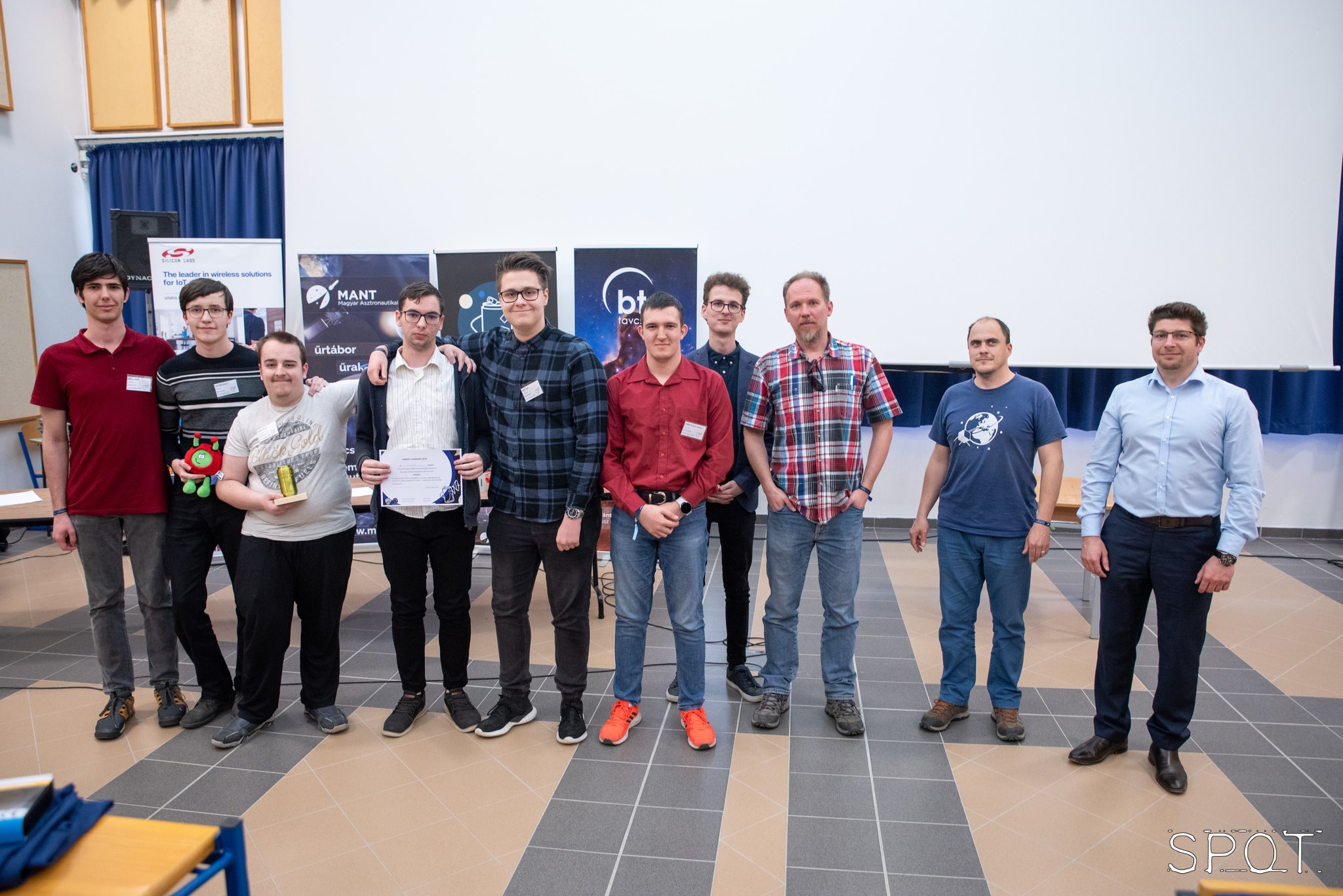
A picture of us with the award and the organisers
On the 5th of Apri we all traveled to the launch site at Dabas, for the final. We were asked if we wanted to be the first team, and we accepted, because we felt like we were ready. They measured our CanSat (Galilei) and did some other safety checks, which we all passed. Setting the radio frequency was also an easy task taking less than a minute, thanks to the display and button.

Galilei and the safety checklist
Then we handed over our Sat to the rocketry team from BME Suborbitals. Now fate wasn't in our hands anymore, but at least we could still watch what was happening to our sat thanks to the built-in accelerometer and radio. We knew exactly when it was laid into the rocket, and when it was slowly raised into a standing position before launch.
But this time we were the only ones with a functioning radio connection, as the other team and even the rocketry team received no telemetry. Because of this, there was some delay, and another pair of teams got the opportunity to start before us. Luckily the problem got resolved and their rocket started as planned.

(Seriously, everyone suspected this thing to be interfering with the radio signals.)
The second time we were next in line, everything went according to plan and Galilei was launched to an altitude of 1195m above sea level. We maintained stable telemetry until touchdown, where some of the radio data was corrupted with noise. Despite this, we could tell the exact GPS position of CanSat, and track it down. It suffered no damage, and we were even able to play snake on it while driving back to the base. By the time we turned off our CanSat it had been running for 5 and a half hours. This was more than the required 4 required by the competition, but we bulit our sat in a way it could easily run for 12 hours without charge, proven by a previous test.

Galilei after landing
In the afternoon we got to our accommodation, where we analyzed the measured data and made a presentation about it. The next day each team had to present the previous day’s launch data. After this, the jury discussed the scoring. It was a difficult task, and two teams even got a joint award for best technical achievement (OnionSat and Parsec). The scientific award went to Seraph, and SEAT got an award for best outreach. The main prize was awarded to us, the CapySat team. This means we will be traveling to the ESTEC (European Space Research and Technology Centre) int the Netherlands in June, where we will meet the winners of other countries.

A picture of us with the award and the organisers